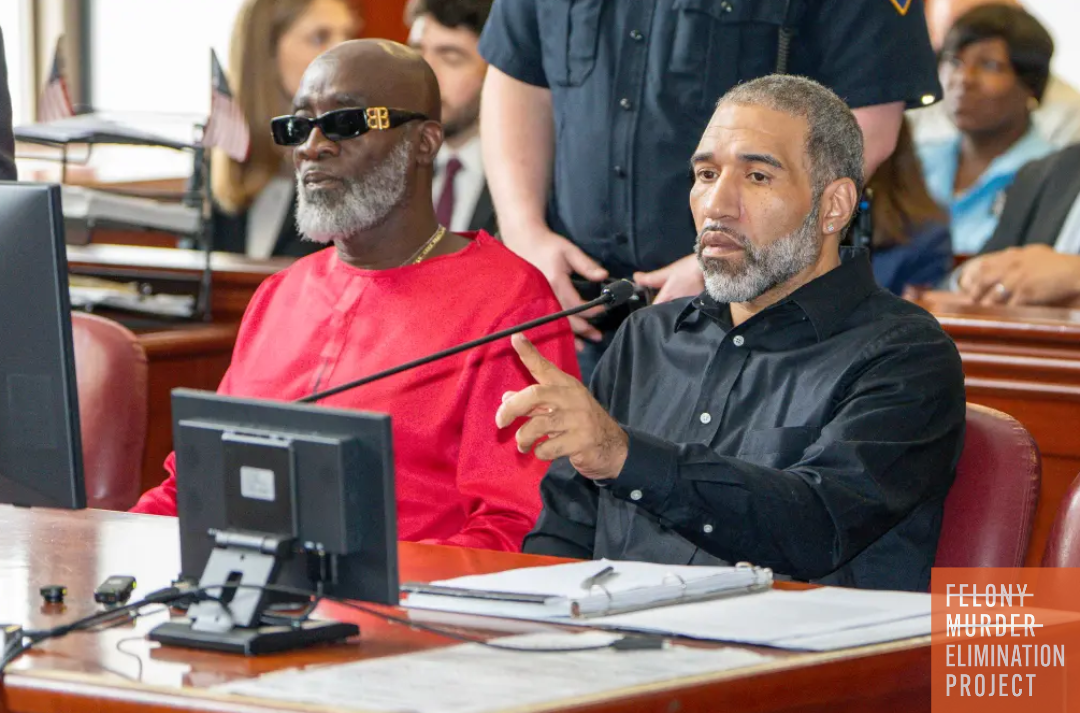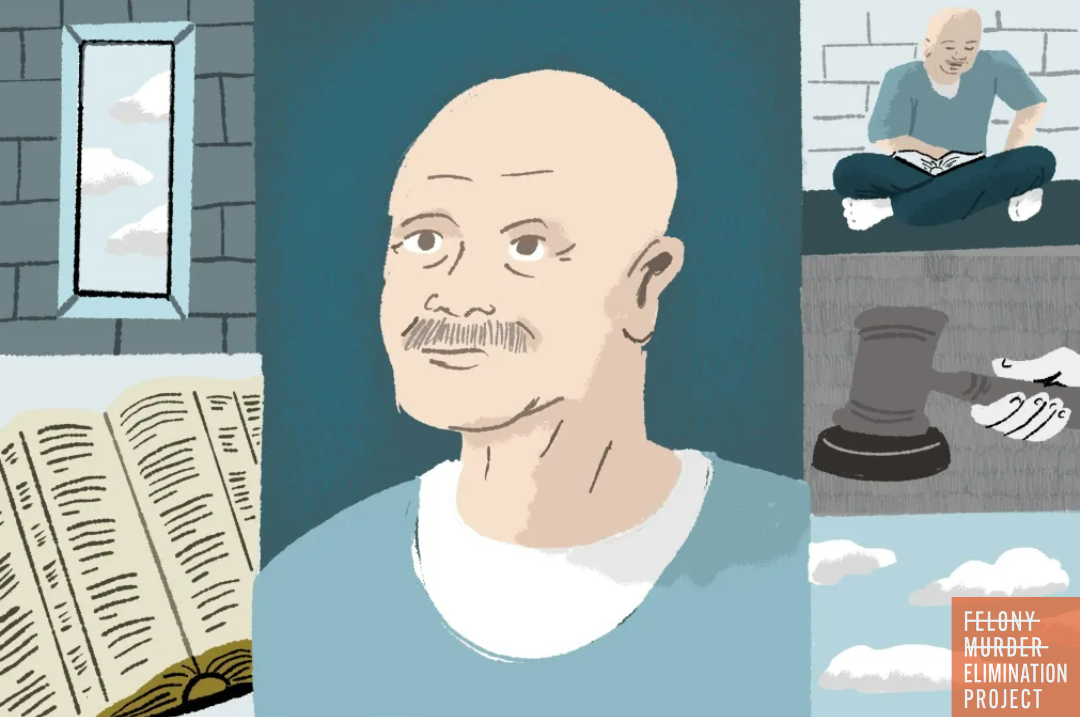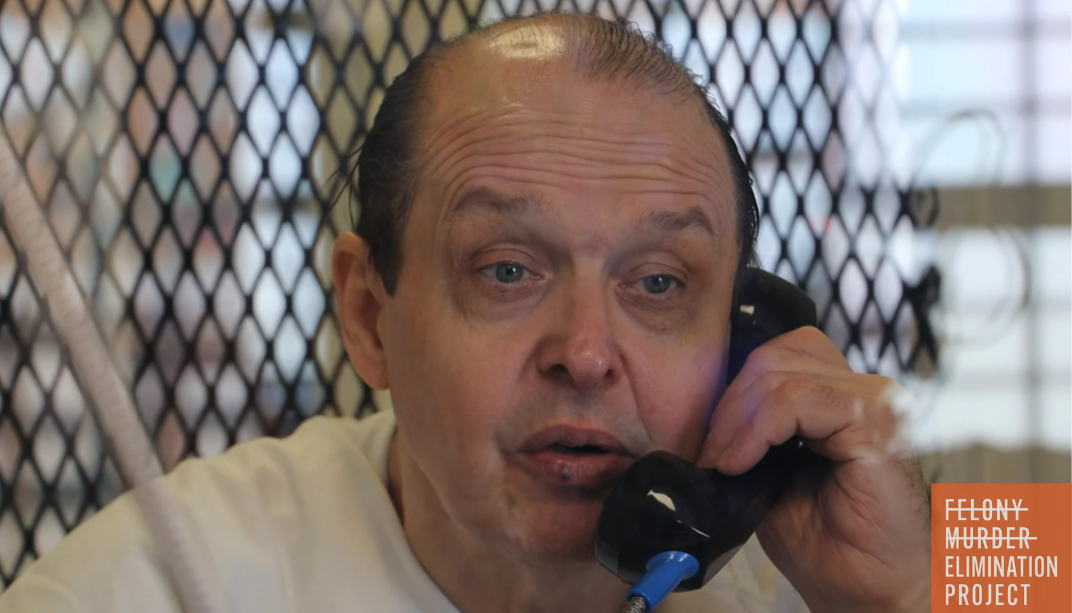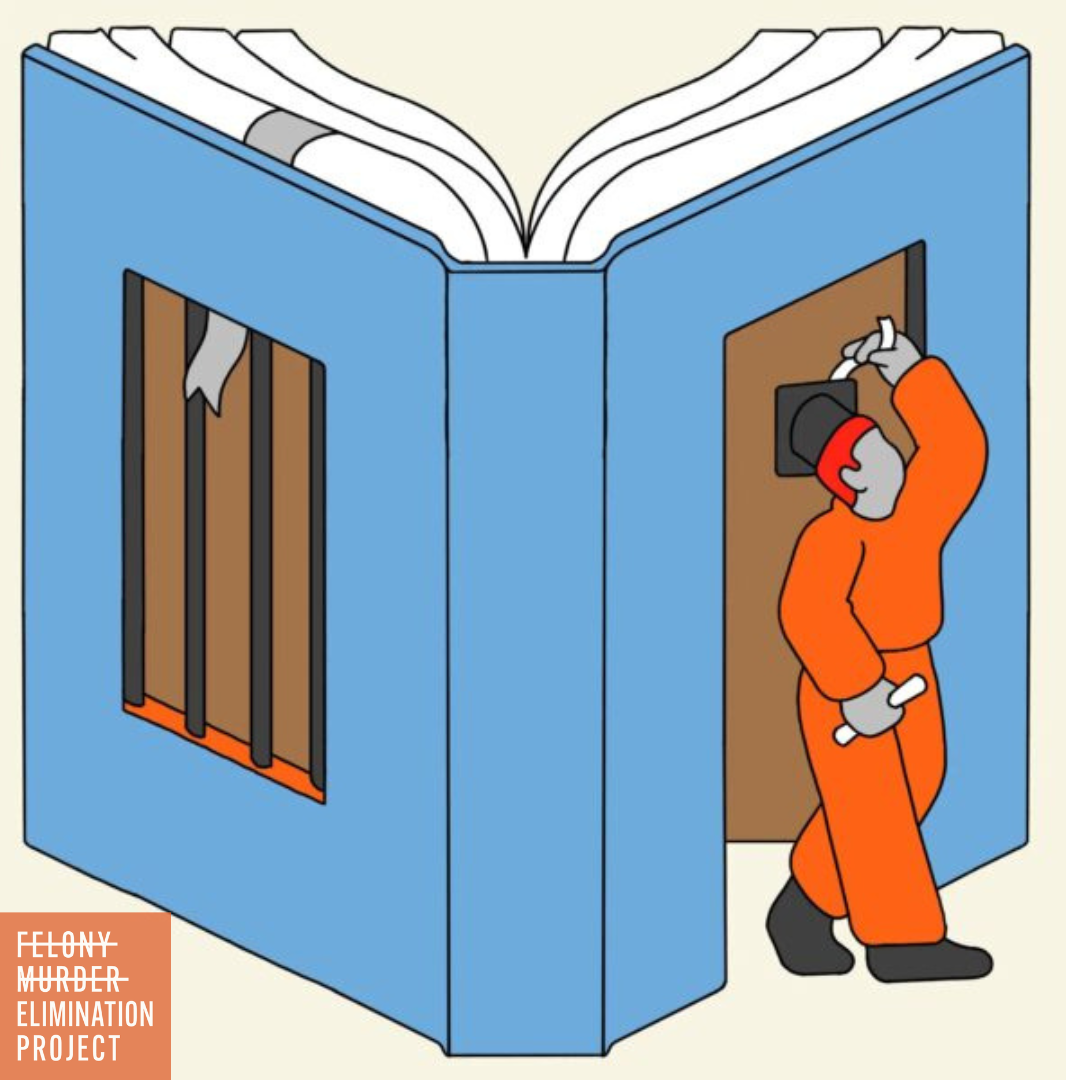New York Men Exonerated with DNA Evidence After 20 Years
New round of DNA testing, using techniques unavailable in the 1990s, found that genetic material on victim's fingernails didn’t match to either man

Two men who went to prison as teenagers for a 1994 killing were exonerated Thursday, after prosecutors said new DNA testing and a fresh look at other evidence made it impossible to stand by the convictions. Brian Boles and Charles Collins served decades behind bars before they were paroled; Collins in 2017 and Boles just last year. They’re now free of their convictions in the death of James Reid, who was attacked in his Harlem apartment. A judge scrapped the convictions and the underlying charges.
Boles “lost three decades of his life for a crime he had nothing to do with,” said his lawyer Jane Pucher, who works with the Innocence Project.
Collins’ lead lawyer, Christopher Conniff, said Thursday’s court action righted “a terrible injustice. ”While today’s order cannot return to him the 20-plus years he spent in prison, he is happy that his name is finally cleared,” said Conniff.
A maintenance worker found Reid, 85, beaten and apparently strangled with a telephone cord, after noticing the man’s apartment door was open, according to a New York Times report at the time. The apartment had been ransacked, according to the newspaper. Boles lived in the same building, and Collins was staying with him. The teens came under suspicion after they were arrested in a robbery about a week later.
Collins and Boles gave confessions that their lawyers say were false and prompted by heavy-handed and threatening police interrogations. Boles recanted his admission before his trial, but he was convicted of murder; Collins subsequently pleaded guilty. Both were 17.
Manhattan District Attorney Alvin Bragg’s office now says the purported confessions were contradicted by witness statements indicating Reid was alive hours after the teens claimed he had been killed. The men’s trial lawyers and courts never got to see those statements. Nor were they given a lab report that undermined a detective’s testimony linking Collins to a footprint found at the crime scene.
While these old pieces of evidence proved to be problematic, new technology blew another hole in the case when prosecutors and defense lawyers reinvestigated it. A new round of DNA testing, using techniques unavailable in the 1990s, found that genetic material on Reid’s fingernails didn’t match Boles or Collins. It’s not clear whose DNA it is, and Bragg said for technical reasons, the sample can’t be fed into law enforcement databases to search broadly for a match there. But it could prove very helpful if a lead is developed in some other way, he said, urging anyone with any information to come forward.
“The injustice had many dimensions,” Bragg said. “Mr. Boles and Mr. Collins — decades in prison. And a family that does not have closure. And a society that has someone at large amongst us for decades for a homicide that remains unsolved.”










